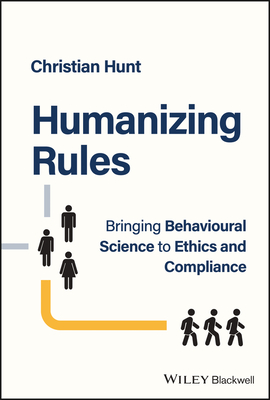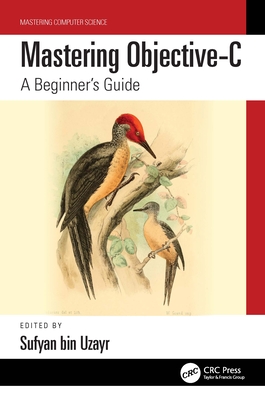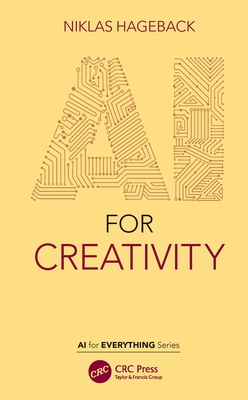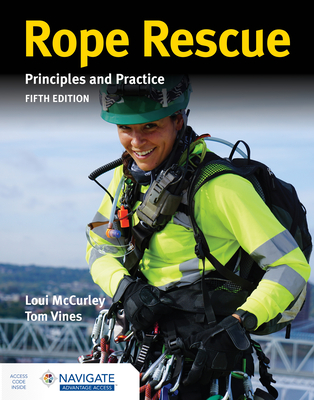
Humanizing Rules - Bringing Behavioural Science to Ethics and Compliance
人性化规则:将行为科学引入道德和合规
应用数学
¥
231.25
售 价:
¥
185.00
优惠
平台大促 低至8折优惠
发货周期:国外库房发货,通常付款后3-5周到货!
作 者
出 版 社
出版时间
2023年02月15日
装 帧
精装
页 码
240
开 本
15.24 x 22.86 cm.
语 种
英文
综合评分
暂无评分
- 图书详情
- 目次
- 买家须知
- 书评(0)
- 权威书评(0)
图书简介
Human risk (the risk of people doing things they shouldnt, or not doing things they should) is the largest single risk facing all organisations -- when things go wrong, theres always a human component, either causing the problem or making it worse. Collectively, companies spend billions trying to manage human risk via functions like Compliance, InfoSec, Risk, Audit, Legal, Human Resources and Internal Comms -- it is people in these functions, as well as those tasked with managing people, that is the target audience for the book. Technology exacerbates the problem by providing each of us with weapons of mass destruction from a human risk perspective -- even the most junior employee can cause huge damage via their keyboard, either in the work environment or via their personal social media account - and by taking over basic, repetitive tasks, which mean people are spending more time in human risk sensitive activities. Traditional approaches to mitigating human risk rely heavily on the idealised presumption that because people are employed, they can simply be told what to do -- this works well in safety-critical environments, where the black parameters of desired outcomes are easy to predict, but is much harder when it comes to grey, less codifiable, areas like ethics which are often difficult to monitor until its too late and rely on employees being positively engaged. If we want to mitigate the risks posed by human decision-making, then we need to base our approach on an understanding of how humans actually make decisions, which is where Behavioural Science -- a discipline based on academic research and field-tested on real humans by advertisers, governments and transport authorities -- can help achieve better outcomes. This book is designed to help all those involved in managing human risk to achieve compliance with a small c -- in other words, getting their desired outcome -- and explores how organisations can get the best out of their people by designing frameworks that work with, rather than against, the grain of human thinking. Readers will learn to challenge their existing presumptions about managing human risk and discover practical techniques and examples they can deploy in their work environment.
本书暂无推荐
本书暂无推荐













